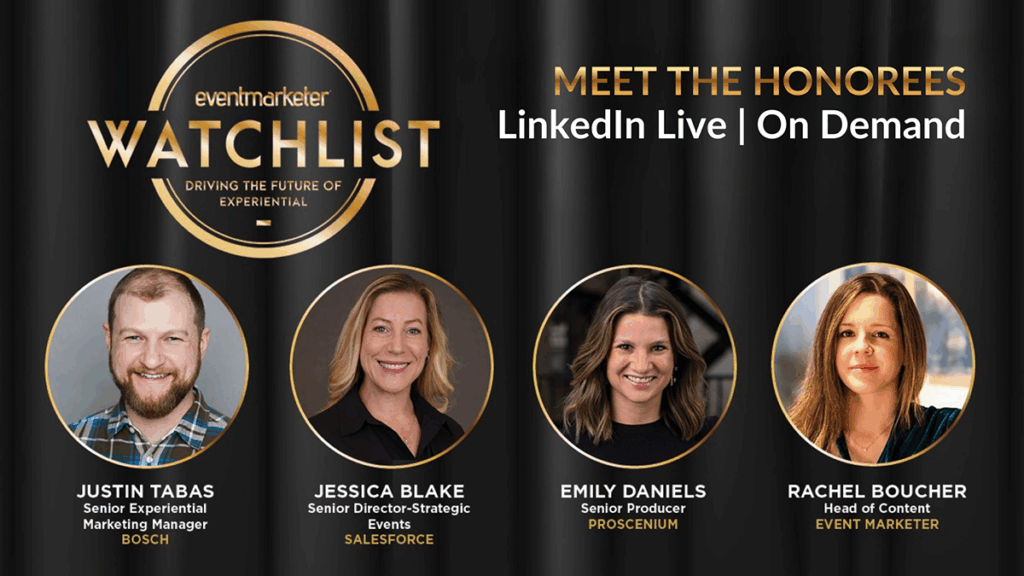Social media and mobile devices are changing how marketers are using customer and prospect information. Chief Marketer spoke with Stewart Pearson, chief client officer at Wunderman Global, on how agencies and agency clients are looking to gain and use data-based insights.
CHIEF MARKETER: What are clients requesting in terms of data gathering and crunching in the social media world?
PEARSON: We think less about gathering and crunching social media data and more about connecting it to other data sources [such as sociodemographic files, retail data repositories, clickstream data or research findings] in real time to generate actions that drive creative, media and marketing decisions.
The client to some extent will know who the customer is – the purchase and usage history of the clients’ products and services. They will also know, to a certain extent, about their customers’ engagement online. They know [what information was gathered from] their own web sites.
By connecting our data and other data we can help them understand the digital ecosystem. We help them understand consumers’ pathways to purchase. How did consumers get to a web site to purchase a car? How can you better engage different kinds of consumers? Then it becomes creative. What is the content [provided] to these pathways to purchase?
CHIEF MARKETER: What data goes into those insights, and how can marketers take advantage of that knowledge?
PEARSON: Most companies today know who buys and how frequently, as well as their monetary value and lifetime value. They know the client as a buyer. We can help them understand the customer in other dimensions, such as a critic, someone who may be posting negatively. Or as a participant in a community or as a champion.
The data elements would include, if we consider the critic, negative sentiment and language in blogs. Visits to sites, community content that might not be favorable to the brand. The brand can engage with the consumer, and can offer content, propositions, information, that reflects the brands reality and can be designed to change the perceptions.
As for the champion: A lot of companies want to understand the value of their Facebook space, and how to activate that value. They can monetize it by leveraging the champion behavior of their fans by creating content and offers that these fans will share with their base.
They can monetize just by watching the effect of their content as it is shared by their fans through their social network.
CHIEF MARKETER: What changes in data use in marketing have you observed during the past year?
PEARSON: The shift to mobile is the obvious answer. We work with a number of clients and programs, and we see the trends as well as the current behaviors.
The challenges include creation of content–how do you make available right content to consumers who want it in real time, and in location? And how do you link multiple databases, some of which typically come from legacy systems and make that data available to the mobile application.
Opportunities are increasing for marketers to extend the depth of engagement and personalization. Mobile offers the opportunity to create more touchpoints at the point of purchase. If you think about this on a global basis, mobile is the only opportunity to do that in markets where bulk of population will never own a PC, and where you do not have the same investment in out of home or print, and direct mail is just not going to happen. The mobile device is already the key device, and we are all behind the consumer in adopting it.
There are 5 billion mobile phones [worldwide] and 2 billion checking accounts. How is commerce going to be done in the future?
CHIEF MARKETER: In which mediums is data use just now starting to have more of an impact?
PEARSON: We are helping a number of clients take television concepts and serve them in online video.
We will serve content based on their place in the purchase cycle. There may be a specific offer based closer to the sale and comparative content at the start of the purchase funnel. Serve content through the funnel.



